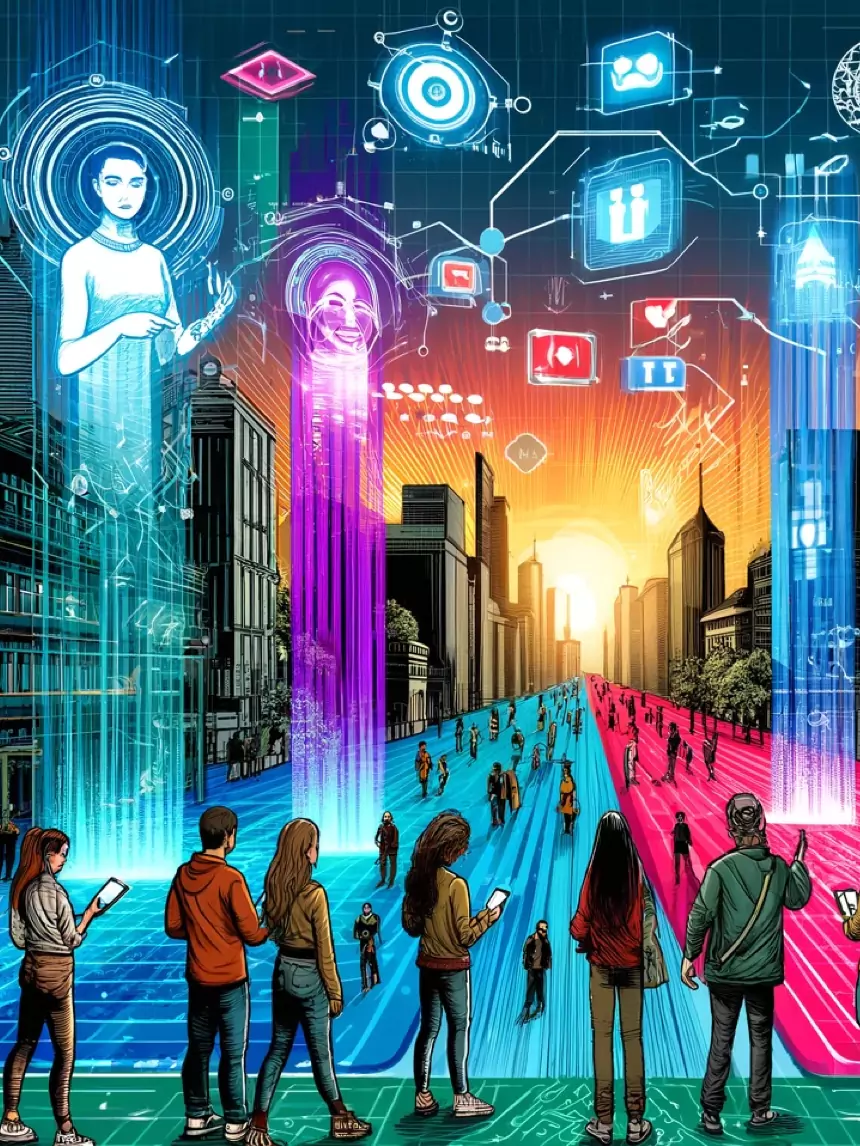Co-Founder Taliferro
The Future Is Now: How Automated Matching Is Changing the Digital Landscape!
Automated matching technology is reshaping the digital landscape, offering unprecedented efficiency and accuracy in various industries. This transformative tool streamlines processes, saves time, and delivers optimal outcomes, setting the stage for a new era of innovation.
Updated for 2025: Production‑grade matching pipelines increasingly use vector search, embeddings, and real‑time feedback loops to boost relevance while controlling bias and latency.
Related reads: Consistent Output Protocol (COP) · Bias Drift Detection · AI Accountability
The Power of Automated Matching
Automated matching utilizes advanced algorithms and machine learning to swiftly and accurately pair relevant entities, such as products and customers, services and providers, or job seekers and employers. By eliminating manual intervention and human bias, automated matching optimizes decision-making and enhances user experiences.


Applications Across Industries
From e-commerce and healthcare to finance and recruitment, automated matching technology is revolutionizing operations and driving tangible results:
- E-commerce: Online retailers leverage automated matching to recommend products based on customer preferences and behavior, increasing sales and customer satisfaction.
- Healthcare: Healthcare providers utilize automated matching to match patients with the most suitable healthcare professionals or treatment plans, improving patient outcomes and resource allocation.
- Finance: Financial institutions deploy automated matching to detect fraudulent transactions and identify investment opportunities, safeguarding assets and maximizing returns.
- Recruitment: HR departments rely on automated matching to match job seekers with suitable positions and employers with qualified candidates, streamlining the hiring process and reducing time-to-fill.
The Benefits of Automated Matching
Automated matching offers several key benefits:
- Efficiency: By automating the matching process, organizations save time and resources, allowing them to focus on strategic initiatives and value-added activities.
- Accuracy: Advanced algorithms ensure precise matching, reducing errors and improving decision-making across various domains.
- Scalability: Automated matching systems can handle large volumes of data and transactions, scaling seamlessly to meet growing demands without compromising performance.
- Personalization: By analyzing user preferences and behavior, automated matching systems deliver personalized recommendations and experiences, enhancing user engagement and satisfaction.
2025 Best Practices
- Start with clear objective functions: optimize for precision/recall or business KPIs (AOV, CTR, churn).
- Collect explicit feedback: clicks, saves, hides; use online learning where safe.
- Embed governance: measure bias, add guardrails, and log explanations for high‑stakes domains.
- Watch latency: precompute heavy features; cache and batch where possible.
The Future Outlook
The future of automated matching is promising, with ongoing advancements in artificial intelligence, data analytics, and user experience design. As technology continues to evolve, automated matching will play an increasingly pivotal role in shaping the digital landscape, driving innovation, and creating new opportunities for businesses and consumers alike.
Embracing automated matching technology is not just about staying competitive—it's about leading the charge towards a more efficient, accurate, and personalized future.
Frequently Asked Questions
What is automated matching?
Algorithms that pair items or people using features and machine learning. Examples include product recommendations, fraud flags, or job‑candidate matching.
How is it different from simple rules?
ML‑based matching adapts to new data and user feedback, while rules require manual upkeep and rarely scale.
Where should I start?
Define a measurable objective, integrate feedback signals, and ship a baseline model with strong monitoring before adding complexity.